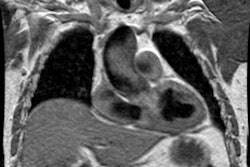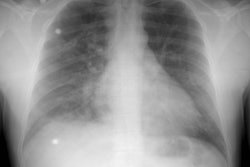Anorexigens and pulmonary hypertension in the United States: results from the surveillance of North American pulmonary hypertension.
Rich S, Rubin L, Walker AM, Schneeweiss S, Abenhaim L
BACKGROUND: The use of appetite suppressants in Europe has been associated with the development of primary pulmonary hypertension (PPH). Recently, fenfluramine appetite suppressants became widely used in the United States but were withdrawn in September 1997 because of concerns over adverse effects. MATERIALS AND METHODS: We conducted a prospective surveillance study on patients diagnosed with pulmonary hypertension at 12 large referral centers in North America. Data collected on patients seen from September 1, 1996, to December 31, 1997, included the cause of the pulmonary hypertension and its severity. Patients with no identifiable cause of pulmonary hypertension were classed as PPH. A history of drug exposure also was taken with special attention on the use of antidepressants, anorexigens, and amphetamines. RESULTS: Five hundred seventy-nine patients were studied, 205 with PPH and 374 with pulmonary hypertension from other causes (secondary pulmonary hypertension [SPH]). The use of anorexigens was common in both groups. However, of the medications surveyed, only the fenfluramines had a significant preferential association with PPH as compared with SPH (adjusted odds ratio for use > 6 months, 7.5; 95% confidence interval, 1.7 to 32.4). The association was stronger with longer duration of use when compared to shorter duration of use and was more pronounced in recent users than in remote users. An unexpectedly high (11.4%) number of patients with SPH had used anorexigens. CONCLUSION: The magnitude of the association with PPH, the increase of association with increasing duration of use, and the specificity for fenfluramines are consistent with previous studies indicating that fenfluramines are causally related to PPH. The high prevalence of anorexigen use in patients with SPH also raises the possibility that these drugs precipitate pulmonary hypertension in patients with underlying conditions associated with SPH.






